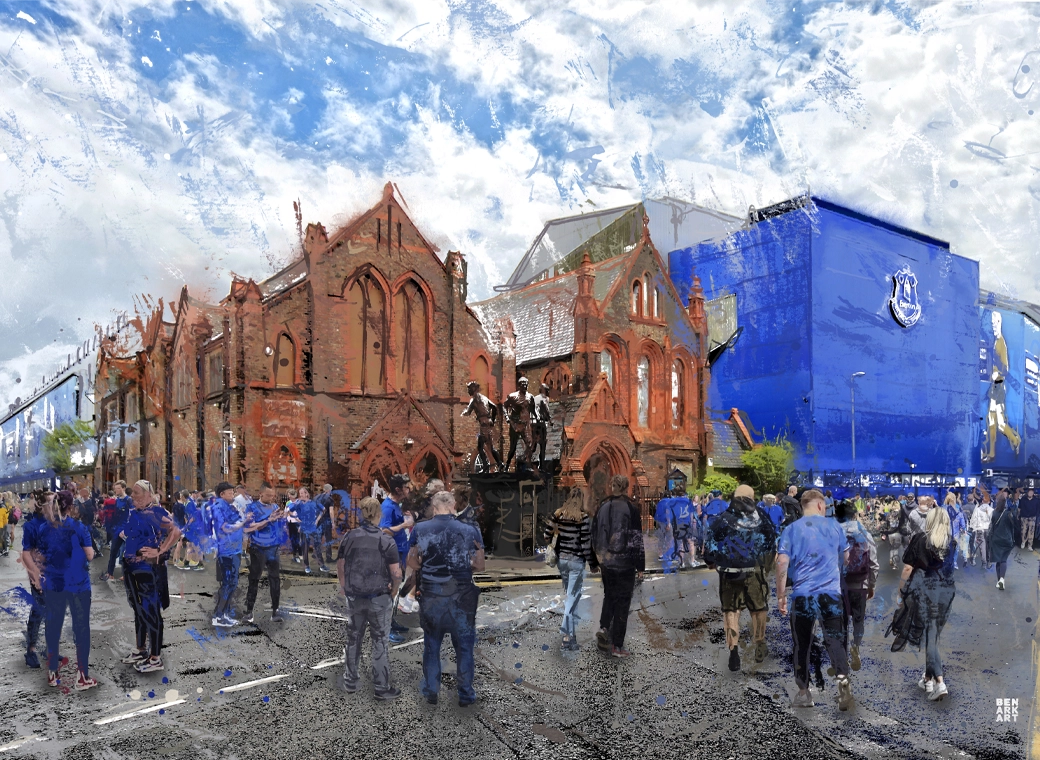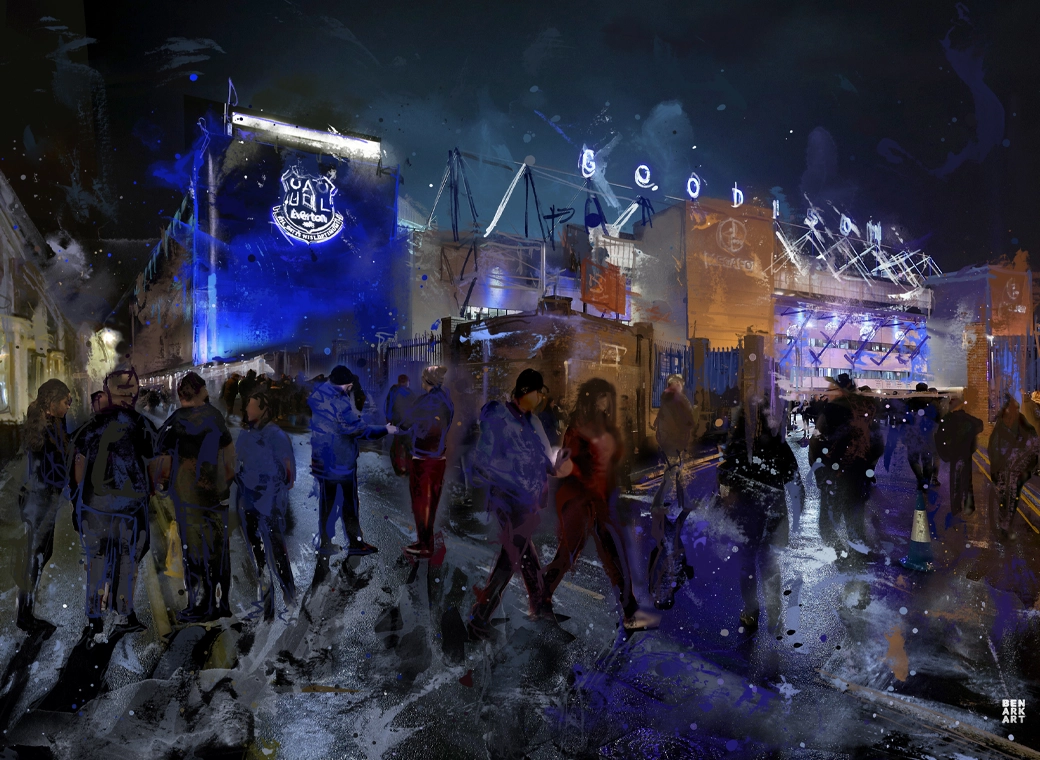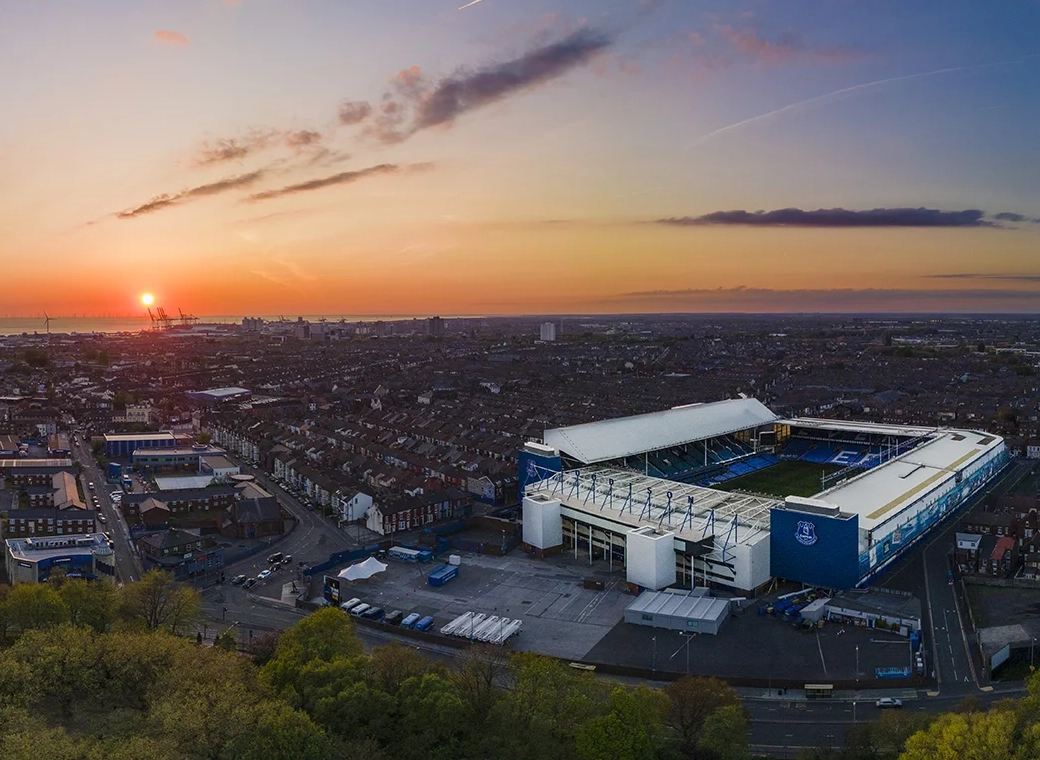It was a few years ago, but I read a book by Weal who focused specifically on the Bf110. All the information came from what I read there and the picture he painted.
That attachment doesn't work, either. Happy to be corrected though.
Phil,
Forget that last post. I attempted to edit it, and ran out of time!
Here is the full post:
First of all, the Bf 110 B was not used in the Battle of Britain.
The Bf 110 C was, C-1 through to C-7 sub-variants.
The Bf 110 D was, and, towards the end of the Battle, the Bf 110 E.
You quote the Bf 110 losses without quoting the losses of the other three main fighters.
'...The Bf109s and Bf110s ratios are compared in small samples..." Don't know what you have been looking at, since you don't mention it. This is the real scenario:
Spitfire losses: 394
Hurricane losses 603
Bf 109 losses: 534
Bf 110 losses: 196
In fact, here's the full shakedown for the Battle of Britain:
This point is correct: 'slower flying with rigid formations to escort bombers.' It should have been used, as should the Bf 109, as a forward interceptor seeking out the opposition and engaging ever before the RAF fighters got to the bombers. Thankfully, both types were mis-used.
It was used very effectively as a fighter-bomber during the Battle, albeit with losses, but then every unit in the Battle of Britain suffered losses - that is a 'given'.
There is a lot of misinformation about the Bf 110, from 1960s publications right up to present.
I do know a little bit about the Bf110.













